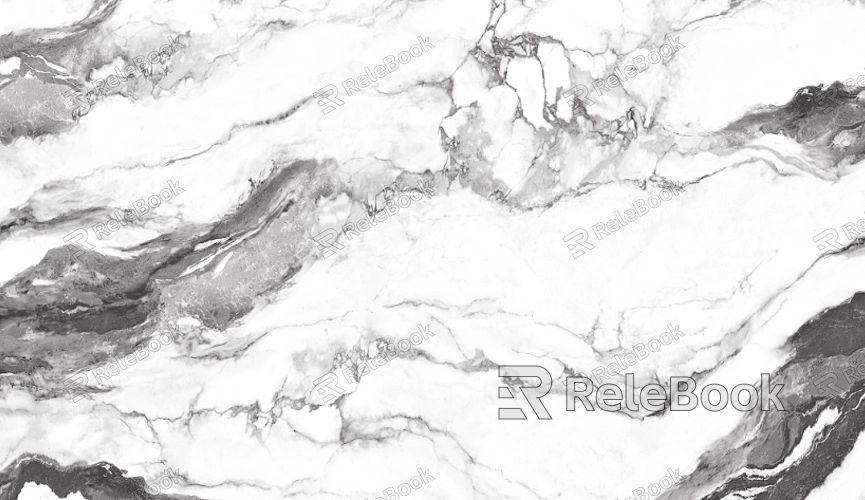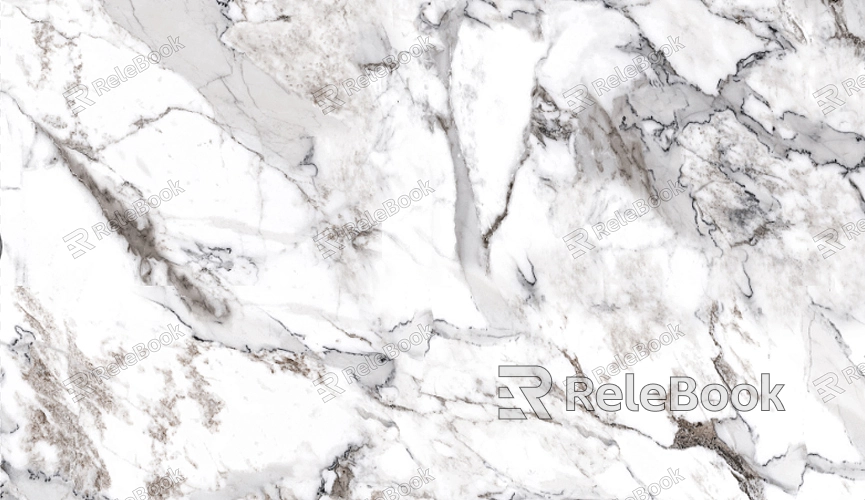How to Export UV Maps from Maya to Photoshop?
In 3D modeling and texturing workflows, UV maps are essential. They determine how textures are applied to models and significantly affect the final visual output. Exporting UV maps from Maya to Photoshop is a critical step, especially for hand-painting or fine-tuning textures. This article provides a comprehensive guide on creating UV maps in Maya and successfully exporting them to Photoshop, enabling you to seamlessly complete this important task.

Preparing Your Model and Checking the UVs
Before exporting UV maps, you need to ensure the UVs on your model are properly laid out. If the model lacks UVs or the UVs overlap, the exported UV map might not work correctly. Follow these steps to prepare your UVs:
1. Open the UV Editor
In Maya, select your model and navigate to the UV Editor. This tool is the main interface for viewing and editing UVs. Access it via Maya's menu bar: UV > UV Editor.
2. Inspect the UV Layout
In the UV Editor, examine your UV layout. Look for overlaps and irregularities. If the UVs are poorly arranged, you can use features like Automatic or Unfold to unwrap them. Additionally, ensure the UVs are positioned within the 0-1 space so that the textures are applied in the Photoshop map correctly.
3. Optimize the UVs
After unwrapping, consider using the UV Toolkit to optimize the UV layout. Use the Layout function to adjust the UV scale and position, ensuring everything fits neatly within the texture space.

Exporting the UV Map
Once the UVs are prepared, you can export them as an image file to work on in Photoshop. Follow these detailed steps:
1. Open the UV Snapshot Tool
In the UV Editor, click the menu in the top-right corner and select UV Snapshots. This tool allows you to export the UV map as an image.
2. Choose the File Format
Select your preferred file format in the settings window, such as PNG, JPEG, or TIFF. PNG is recommended as it supports transparency, making it easier to work with in Photoshop.
2. Adjust the Resolution
Set the resolution for the UV map. Higher resolutions provide more detail but result in larger file sizes. Common choices are 1024 or 2048, depending on the project requirements.
3. Specify the Export Path
Choose a location and name for the exported file. Save it in your project directory for easy access later.
4. Save the UV Snapshot
After configuring the settings, click OK or Apply. Maya will generate and save the UV map as an image file.
Editing the UV Map in Photoshop
After exporting, you can import the UV map into Photoshop to paint or edit textures:
1. Import the UV Image
Open Photoshop and select File > Open. Locate and load the UV map file you just exported. You'll see a grid-like image representing the model's UV layout.
2. Create a Texture Layer
Create a new layer above the UV map for painting. Set the UV map as the background layer and reduce its opacity to use it as a reference while painting.
3. Paint the Texture
Use Photoshop's brush tools, patterns, and other features to create the texture. Make sure the painted details stay within the UV lines to ensure proper mapping to the model.
4. Save the File
When you're done, save the file as a PSD for future editing. Export it as a PNG or JPEG to load it back into Maya and test the results.
Importing the Texture Back into Maya
Once the texture is ready, you need to load it back into Maya and apply it to your model:
1. Open the Hypershade
In Maya's menu, go to Windows > Rendering Editors > Hypershade to open the material editor.
2. Apply the Texture
Select the material applied to your model. In the material’s properties, locate the Color attribute. Click the small file icon next to it and load the texture file you created.
3. Test the Results
Switch to the textured preview mode in the viewport and check how the texture looks on the model. If adjustments are needed, return to Photoshop, make changes, and reload the texture.
Exporting UV maps from Maya to Photoshop is the foundation of high-quality texture painting. By following this guide, you can effectively prepare UVs, export them, edit textures in Photoshop, and reapply them in Maya for stunning results. If you're looking for more high-quality 3D models and textures, visit Relebook to download them for free!
FAQ
Why does the exported UV map look blurry in Photoshop?
This usually happens if the resolution is set too low during export. Try increasing the UV Snapshot resolution and exporting again.
How do I prevent UV grid lines from interfering with my painting?
In Photoshop, reduce the opacity of the UV layer or hide/delete it once you've finished painting.
How do I handle UVs for complex models?
For complex models, consider creating multiple UV sets for different parts of the model. Export and paint these separately for better control.
Why does my texture look distorted in Maya?
Check that your UVs are properly unwrapped and avoid overlapping or misaligned UVs. Additionally, ensure the texture resolution matches the UV map's needs.

